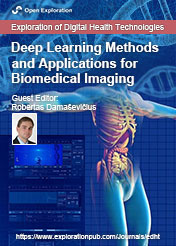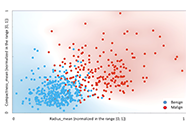
Deep Learning Methods and Applications for Biomedical Imaging
Guest Editor
Robertas Damaševičius E-Mail
Faculty of Applied Mathematics, Silesian University of Technology, Gliwice, Poland.
Research Keywords: artificial intelligence; deep learning; digital health; medical imaging
About the Special lssue
The rapid evolution of deep learning techniques over the past decade has ushered in a transformative era for various domains, with biomedical imaging standing out as one of the most impacted fields. Biomedical imaging, which encompasses a range of modalities from X-rays to magnetic resonance imaging (MRI) to optical microscopy, has always been at the forefront of healthcare, aiding clinicians in diagnosis, treatment planning, and monitoring of diseases. The convergence of deep learning with biomedical imaging promises not only enhanced image quality and interpretation but also the potential to uncover hidden patterns and features that might be imperceptible to the human eye.
This issue aims to highlight the latest advancements, challenges, and opportunities in the integration of deep learning techniques with biomedical imaging, offering readers a comprehensive overview of the state-of-the-art developments in this exciting domain.
Keywords: deep learning; biomedical imaging; convolutional neural networks; image segmentation; disease classification
Published Articles
